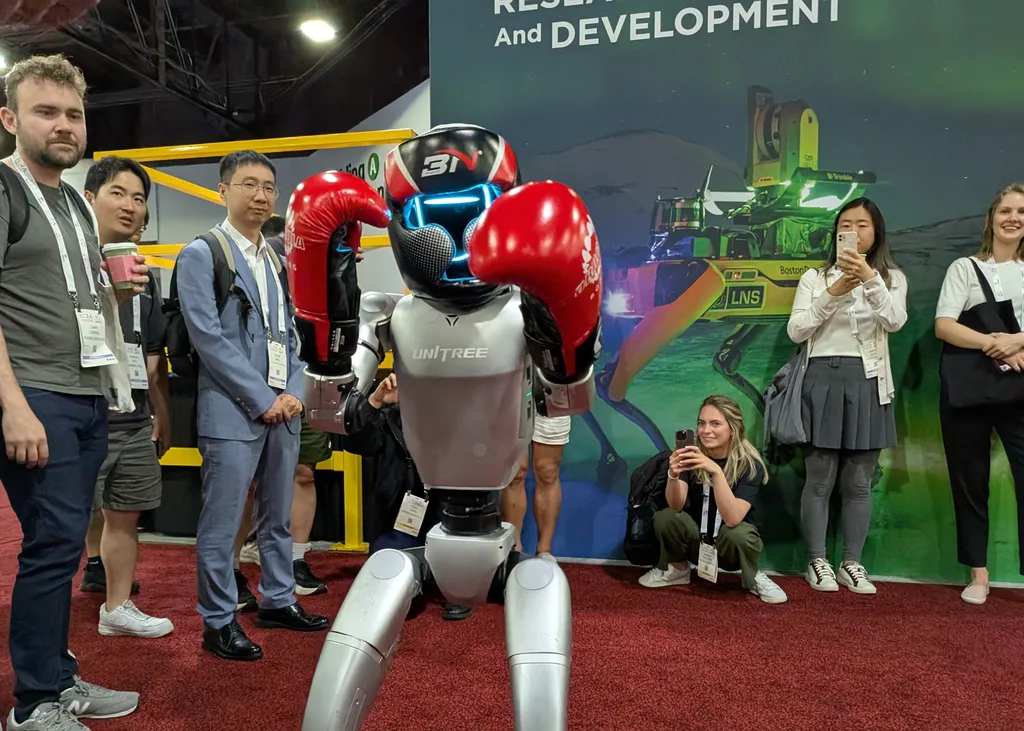Researchers Matthew Hampsey, Pieter van Goor, Ravi Banavar, and Robert Mahony from the Australian National University have made a significant advancement in the field of mechanical control systems. Their work focuses on systems such as aerial, marine, space, and terrestrial robots, which often have state-spaces structured as Lie groups. The kinetic energy of these systems is typically invariant to the induced action by the Lie group, and their dynamics can be described as a coupled ordinary differential equation on the group and the dual space of its Lie algebra, known as a Lie-Poisson system.
In their paper, the researchers demonstrate that Lie-Poisson systems can also be represented as a left-invariant system on a semi-direct Lie group structure placed on the trivialised cotangent bundle of the symmetry group. This observation, which the authors believe has not been previously documented, opens new avenues for exploiting this representation in tracking control. By utilizing this new representation, the researchers developed a right-invariant tracking error for the full state of a Lie-Poisson mechanical system. They showed that the error dynamics for this error maintain a Lie-Poisson structure, albeit with time-varying inertia. This insight allows for the application of an energy shaping design methodology to tackle the general trajectory tracking problem.
To validate their approach, the researchers applied the proposed design methodology to a simple attitude tracking control problem. This practical application underscores the potential of their theoretical advancements. The ability to model and control mechanical systems on matrix Lie groups using this new framework could revolutionize the way robots and other mechanical systems are designed and operated. By providing a more accurate and efficient method for tracking control, this research could lead to significant improvements in the performance and reliability of various robotic systems, from drones and underwater vehicles to industrial robots and spacecraft. Read the original research paper here.

